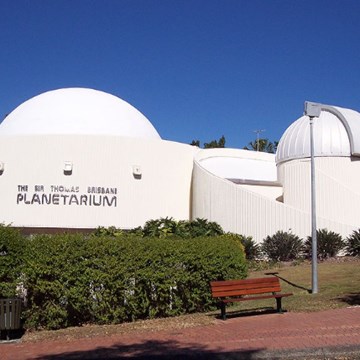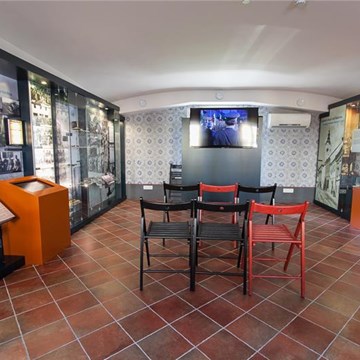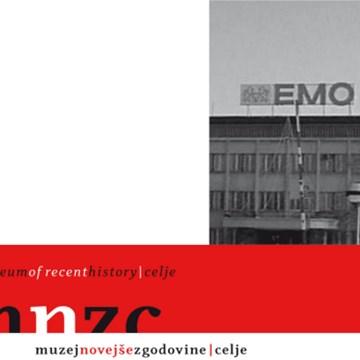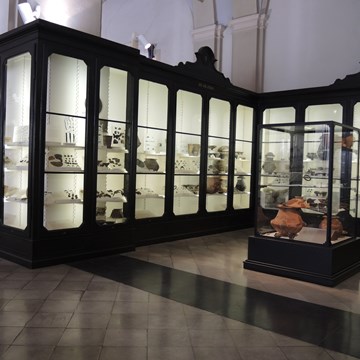Much Hadham Forge Museum
The Forge Museum is set in an attractive Grade II* listed building situated in the picturesque village of Much Hadham. Originally a farmhouse of Moor Place, the earlier parts of the building date from the 15th century, Horseshoe Cottage and Forge Cottage date from the 16th century.
The forge and bellows room are part of a 17th century barn conversion, and in 1811 the shoeing room and blacksmith’s shop were added when Frederick Page moved in. The Page family ran the village smithy at Much Hadham until 1983, when Charles Page died aged 91. Charles’s daughter, Miss Jean Page, conveyed the forge and its two cottages to the Hertfordshire Building Preservation Trust by Deed of Gift in 1988.
Much work has gone into restoring the forge, its buildings and contents. The Forge Museum was opened in 1991 by His Grace, the Duke of Grafton. At this living Museum our resident blacksmith, Richard Maynard, can be seen working in the traditional craft along with displays, a collection of blacksmith tools, photographs, and documents from the past. There is also a TV/video display showing films on relevant themes.
The Victorian Cottage Garden
The garden houses a rare early 19th century bee shelter and a reconstructed granary building that originally stood on agricultural land connected with the Earls of Essex in Watford.
The Wall paintings at Forge Cottage
Inside one of the rooms at Forge Cottage are a series of wall paintings. Thought to date to the late 16th century when the building was part of a medieval hall house and court room during the reign of Queen Elizabeth, they depict various scenes and themes.
The symbolism and historic context of these paintings has been researched and shows that they are unique. Their survival is astonishing and therefore their conservation is a priority. An on-going programme of monitoring and long-term conservation is being conducted.
Exhibitions and events
We don't have anything to show you here.
Educational programs
We don't have anything to show you here.
Collections
We don't have anything to show you here.










